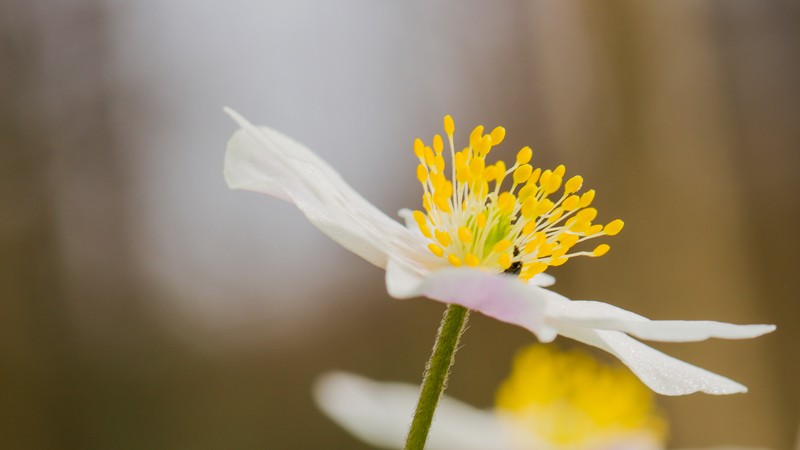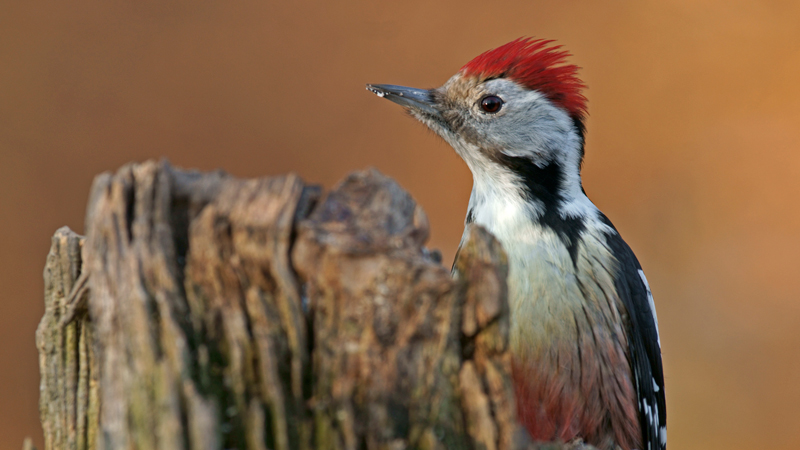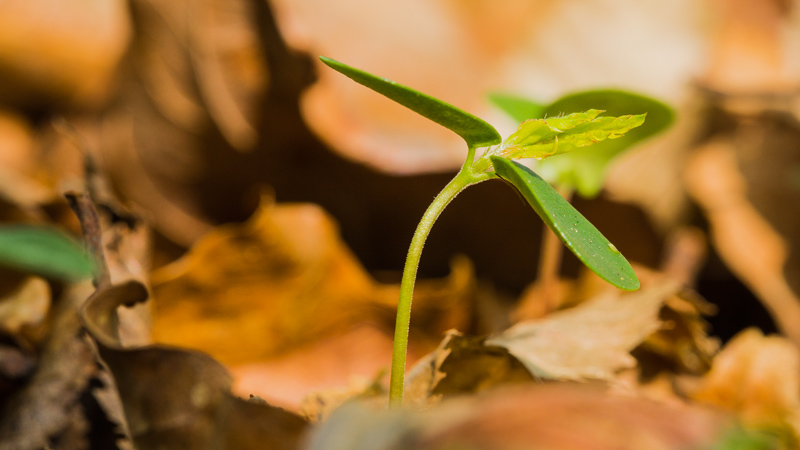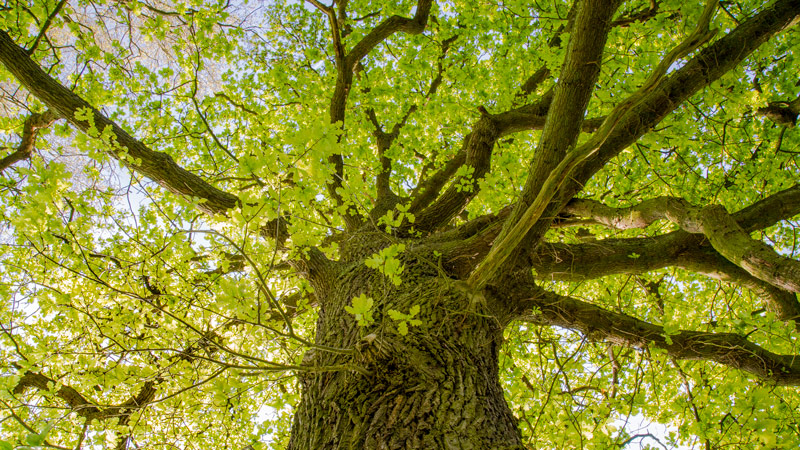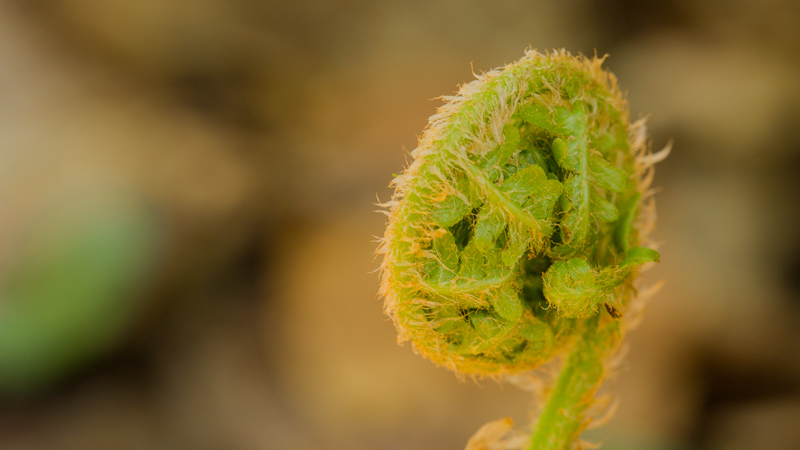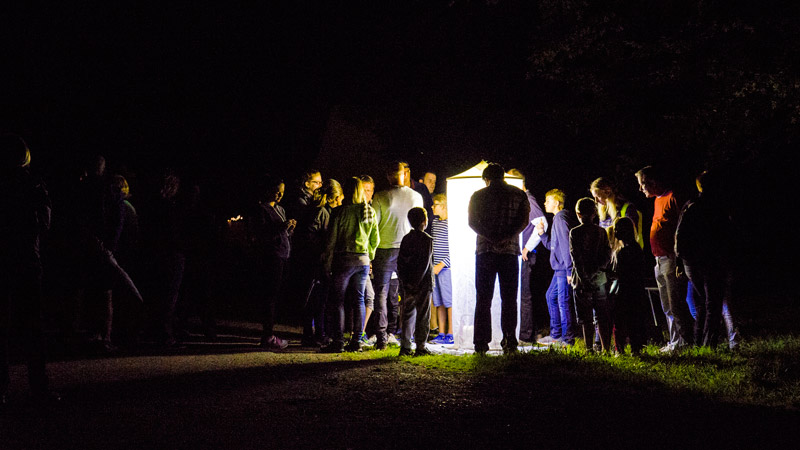24. Juli 2018 - Transmission system operator supports LIFE+ “Villeforests”
LIFE+ “Villeforests” (LIFE13 NAT/DE000147) improves and restores species-rich forest meadows in oak-hornbeam forests in Western Germany. It is supported by the largest German transmission system operator, Amprion, which promotes the establishment of grassland habitats underneath a high-voltage line since 2016. The result of this successful cooperation is a species-rich patchwork of Nardus grassland, Molinia meadows and lowland hay on an area of six hectares.
The overhead line crosses the SAC “Waldville”on a length of 600 meters. Until 2016 the route was covered with trees and shrubs which were mulched regularly to prevent contact with the conductors above. The preparatory actions of the LIFE+ project had shown a considerable number of small patches of biodiverse grassland inside this dense forest. The development of grassland biotopes below this overhead line wasn’t included in the project-proposal, so the LIFE+-team looked out for external support to enlarge and connect the valuable habitats.
The LIFE+ team was very delighted that Amprion agreed to support this measure. In winter and spring, 2017 they cleared the young forest with a rotary cutter creating bare ground suitable for seeds. In autumn 2017, the LIFE+ project sowed a seed-mixture of 47 characteristic meadow species like Sweet vernal gras (Anthoxanthum odoratum), Brown knapweed (Centaurea jacea) and Great burnet (Sanguisorba officinalis) Six rare species like Arnica (Arnica montana) or Devil’s-bit (Succisa pratensis) were planted. Only regional ecotypes of wild plant species were used. In summer 2018, a closed vegetation layer has established and more than 80% of the species have germinated successfully. The grassland management is organized by the LIFE+ project. It will be mowed once or twice a year by local farmers and the mowed vegetation will be withdrawn to support nutrient removal for developing nutrient-poor grassland.
“We are proud that Amprion promotes our conservation measure. In the project proposal we agreed to restore 7.6 hectares of species-rich grassland habitats. As a result of this cooperation, we achieve a total area to 12.1 hectares” says Klaus Striepen, the project-manager of the LIFE+ project. Dr. Andreas Preuß, Amprion press officer adds: “Amprion considers environmental protection as an important part of our social responsibility. This action is a win-win situation. The alternative vegetation management of the overhead line reduces the maintenance costs and improves biodiversity in the Nature2000 area.”
The LIFE+ project “Villeforests” supports the sustainable management of oak-hornbeam forests on poorly drained soils in four Natura 2000 areas in Western Germany. This includes the redevelopment and restitution of forest hay meadows. They will serve as a refuge for flora and fauna, especially insects that have become rare and precious in the metropolitan area of Bonn and Cologne. They are feeding habitat for endangered forest species like woodpeckers and bats. The recreation measures include sowing of seed-mixtures of regional plant species; transfer of seed‐rich biomass harvested in natural grasslands; propagation and planting of rare species.

